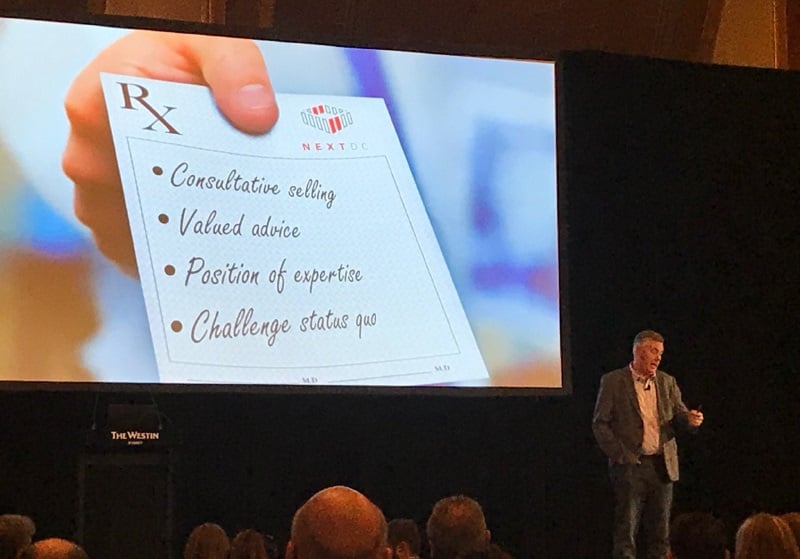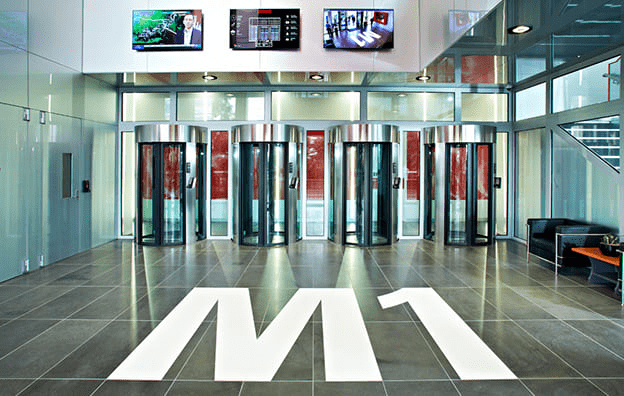By Adam Scully, Group Executive Sales and Marketing, NEXTDC
Several factors are influencing the move towards outsourced data centres. And it’s not just about cost.
Expansion is a double-edged sword. Businesses aim to grow, but there’s a risk of scaling too quickly before your infrastructure is ready to handle it. Research shows that Australian data centres (DCs) are on average the oldest in the Asia-Pacific region, with most dating back to 1994 with legacy equipment that can’t keep up with today’s high density computing.
Advancements in technology and industries in flux, call for more specialised data storage facilities and management. Continuing to manage servers in-house is a drain on resources, depriving businesses of the freedom to grow and adapt to new technologies. It’s not simply a matter of having enough space either. Energy and thermal conditions for server storage are increasingly delicate.
The key challenges around managing an in-house data centre facility relate to four areas: space, power, weight and cooling.
Space
Servers are more affordable than ever, but the practicality of housing them is becoming an issue. On-site space is finite, and often costly in terms of m2 for prime office locations. Many CFOs are asking why they need to use premium city centre floor space for hosting servers.
Colocation facilities offer flexible spatial arrangements that you can scale up or down as operations demand.
Power
The high thermal output of legacy equipment, such as x86 servers, means power is a growing concern for all companies managing their IT in-house. It’s crucial that data centre managers fully understand their energy environment. Many in-house data centres suffer from misjudged (or ignored) power, cooling and humidity outputs. This results in stranded power and hotspots that can lead to system failure. Cue downtime and / or network chaos.
Data centres should also have built-in redundancy power so maintenance or upgrades can be performed without having to switch servers off. This also means any failure of individual power supply units will not impact your system.
Weight
Modern hardware is far denser than its predecessors. Although computers are much smaller than they used to be, operational requirements are more complex.
As older systems are replaced with new, densely populated racks, loading becomes problematic.
What this means for in-house data centres, sprawling within buildings that are not specifically built for such a purpose, is that you’re unwittingly testing the limits of weight limitations and floor loading capacity – which becomes a facilities issue.
Cooling
As power consumption and density increase in tandem, the need for effective cooling and humidity regulation becomes critical. Typically, servers are enclosed in racks facing each other. Cool air is blown through holes in the floor and extracted through air-conditioning.
Depending on the location, this can require turbo cooling units using vast volumes of ice-cold water. An expensive operation to run under your own steam, so to speak. The nature of Australian data centres, both in terms of age and configuration, leaves many existing facilities ill-equipped to offset the burden – often at increasingly high energy costs.
If your business still relies on outdated in-house data facilities, you have two options. You can scramble to keep all your IT balls in the air. Or you can outsource your data centre services and cloud storage needs to expert third-party management. Future = proofed.
Data. Technology. Business. Innovation. For the next big thing, visit www.nextdc.com


